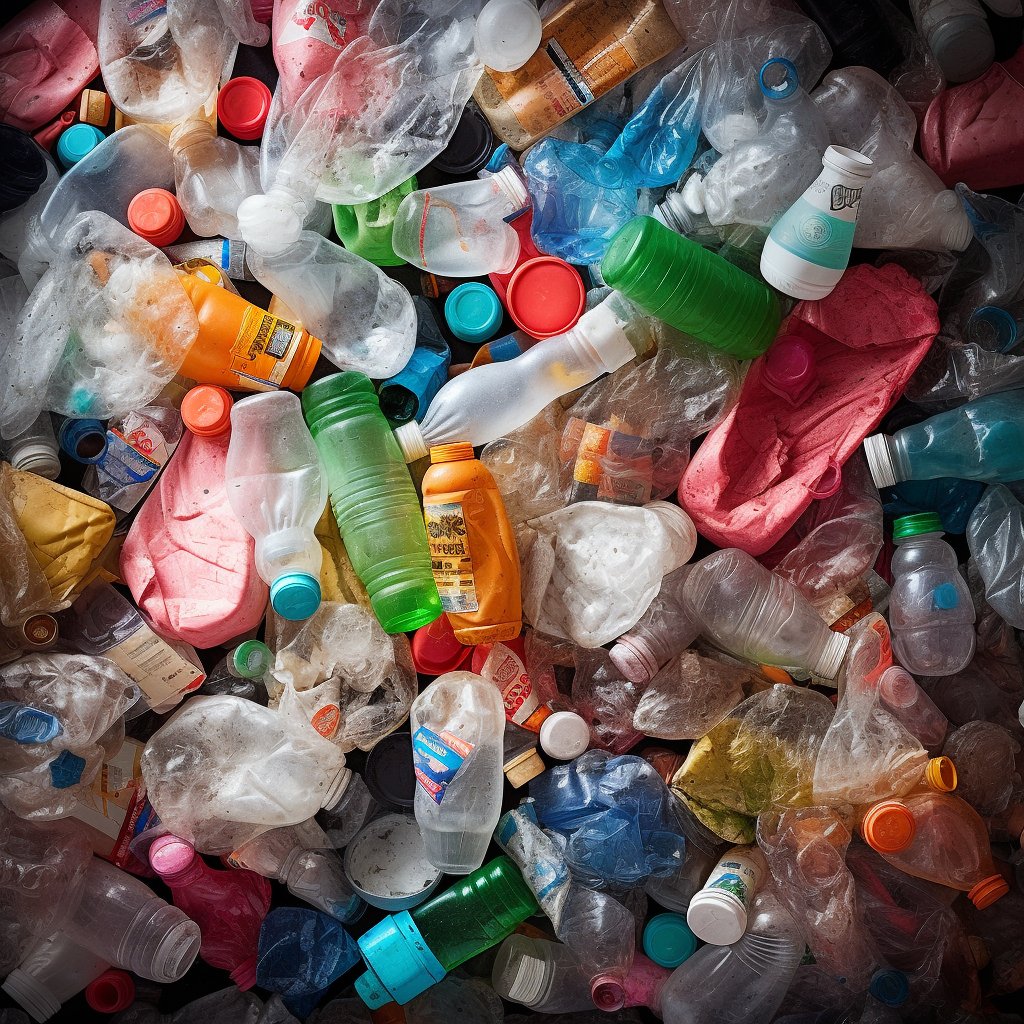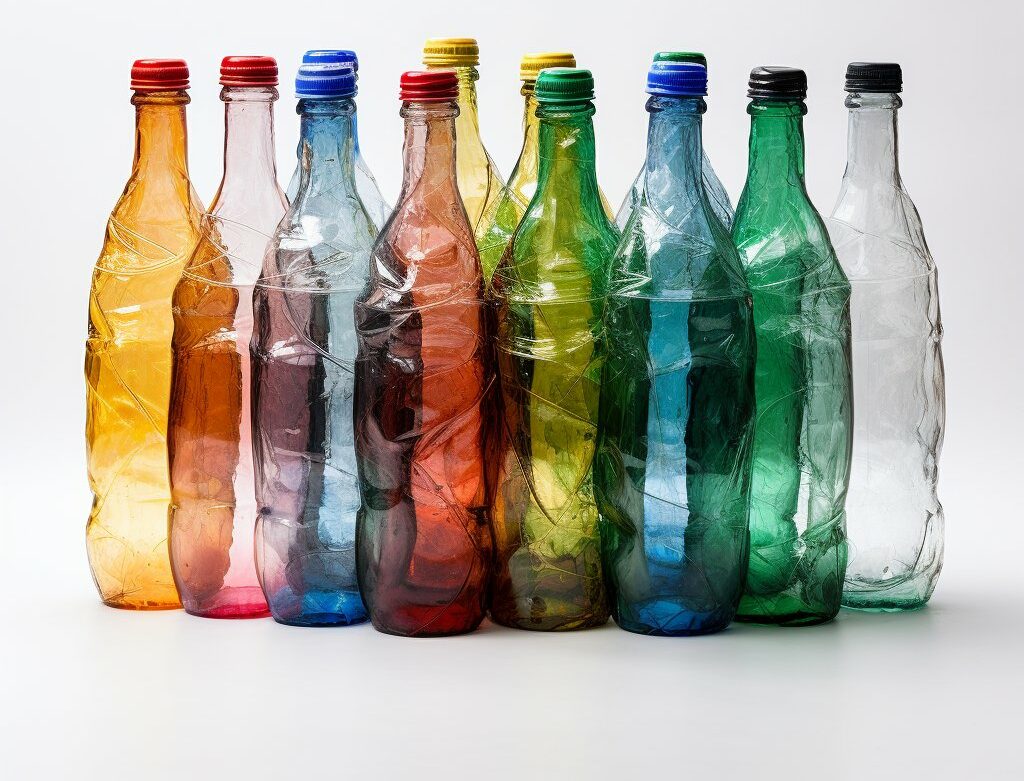Plastic pollution is a major environmental issue plaguing our oceans and harming marine life. With approximately eight million metric tons of plastic entering the ocean annually, the need for practical solutions to tackle plastic pollution has become increasingly urgent. One promising solution is the recycling of ocean plastic. In recent years, there has been a growing interest in recycling ocean plastic, which involves collecting plastic waste from the ocean and transforming it into new products. Recycling ocean plastic has the potential to not only mitigate the environmental damage caused by plastic pollution but also create economic opportunities and reduce greenhouse gas emissions.
Plastic is one of the most commonly used materials in the world, and it is estimated that around 8 million tons of plastic waste end up in the oceans each year. This has become a primary environmental concern, and recycling ocean plastic has become a critical issue. Recycling ocean plastic is a complex process, and it requires the use of specialised technology and expertise.

Types of Recycling Ocean Plastic:
There are several types of ocean plastic recycling, including mechanical recycling, chemical recycling, and upcycling. Mechanical recycling involves breaking down the plastic into small pieces and melting it down to create new products. Chemical recycling involves using chemical reactions to break down the plastic into constituent parts, which can be used to create new products. Upcycling involves transforming ocean plastic into higher-value products.

Industrial Usage:
Recycling ocean plastic has a wide range of industrial applications. Mechanical recycling is commonly used to manufacture new products such as plastic bottles, containers, and packaging materials. Chemical recycling is used to create new products such as synthetic fibres, automotive parts, and construction materials. Upcycling can create high-end products such as furniture, clothing, and jewellery.
Application Areas:
Recycling ocean plastic has several application areas, including the automotive, construction, and textile industries. In the automotive sector, recycled ocean plastic creates interior components such as dashboards and door panels. In the textile industry, recycled ocean plastic is used to make fabrics for clothing and upholstery.
Consumer Product Examples:
Recycled ocean plastic is used in a wide range of consumer products. For example, recycled ocean plastic creates backpacks, tote bags, and shoes. It is also used to develop smartphone cases, headphones, and furniture.
Material Properties:
Recycling ocean plastic has several material properties that make it an attractive option for manufacturers. Recycled ocean plastic is lightweight, durable, and versatile. It is also resistant to moisture and chemicals, which makes it ideal for use in a wide range of products.
Future Trends in Recycling Trends:
The future of recycling ocean plastic is promising. As technology continues to evolve, it is likely that more efficient and cost-effective recycling methods will likely be developed. There is also an increase in the use of recycled ocean plastic in high-end consumer products.
The future market prognosis for recycling ocean plastic is favourable. As more consumers and industries become aware of the environmental impact of plastic waste, the demand for sustainable and eco-friendly products is increasing. This drives demand for recycled ocean plastic in various industries, including automotive, construction, and textiles. In addition, technological advances and sustainable practices are expected to make the recycling process more efficient and cost-effective, increasing the demand for recycled ocean plastic.
Market Price Developments:
The market price for recycling ocean plastic can vary depending on the type of recycling method used, the quality of the material, and the demand for the recycled product. Generally, mechanical recycling is less expensive than chemical recycling or upcycling due to its lower processing costs. However, chemical recycling and upcycling can create higher-quality materials and products that can command higher prices.
Global Impact:
The global impact of recycling ocean plastic is significant. Plastic waste in the ocean can harm marine life, disrupt ecosystems, and impact human health. Recycling ocean plastic reduces the amount of plastic waste in the ocean and reduces the demand for new plastic production. In addition, recycling ocean plastic can provide economic opportunities and create jobs in the recycling industry.
Environmental Impact:
The environmental impact of recycling ocean plastic is significant. Plastic waste that ends up in the ocean can harm marine life, disrupt ecosystems, and impact human health. By recycling ocean plastic, we can reduce the amount of plastic waste in the ocean and mitigate the environmental damage caused by plastic waste. Additionally, recycling ocean plastic can help conserve natural resources, as recycled plastic can create new products without the need for virgin materials.
However, it is important to note that recycling ocean plastic can also have environmental impacts. For example, using chemicals and energy in chemical recycling can contribute to air and water pollution. The transportation of ocean plastic waste to recycling facilities can also contribute to greenhouse gas emissions. Therefore, it is important to implement sustainable and eco-friendly practices in the recycling process to minimise these environmental impacts.
Economic Impact:
Recycling ocean plastic also has economic impacts. The recycling industry can create jobs and economic opportunities, especially in areas where recycling facilities are located. Additionally, recycling ocean plastic can reduce the demand for new plastic production, reducing the cost of raw materials and increasing the competitiveness of recycled plastic products.
Moreover, recycling ocean plastic can also create new business opportunities for companies that specialise in developing sustainable and eco-friendly products. This can lead to new revenue streams and help companies differentiate themselves.
Recycling Ocean plastic:
Recycling ocean plastic is a promising solution to the growing plastic pollution problem. Through technological advancements, innovation, and collaboration, the recycling industry has made significant strides in transforming plastic waste from the ocean into new products. By prioritising sustainability and a circular economy, we can create a world where plastic waste is no longer a threat to our environment and marine life. The future of recycling ocean plastic is bright, and we have the power to shape it. Let’s work together to make a positive impact and create a sustainable future for future generations.
Recycling ocean plastic is a complex process that requires specialised technology and expertise. There are several types of ocean plastic recycling, including mechanical recycling, chemical recycling, and upcycling. Recycling ocean plastic has a wide range of industrial applications and is used in various products, from automotive components to clothing and furniture. The material properties of recycled ocean plastic make it an attractive option for manufacturers. The future of ocean plastic recycling is promising, with new technologies and sustainable practices being developed to address the global plastic waste problem.







